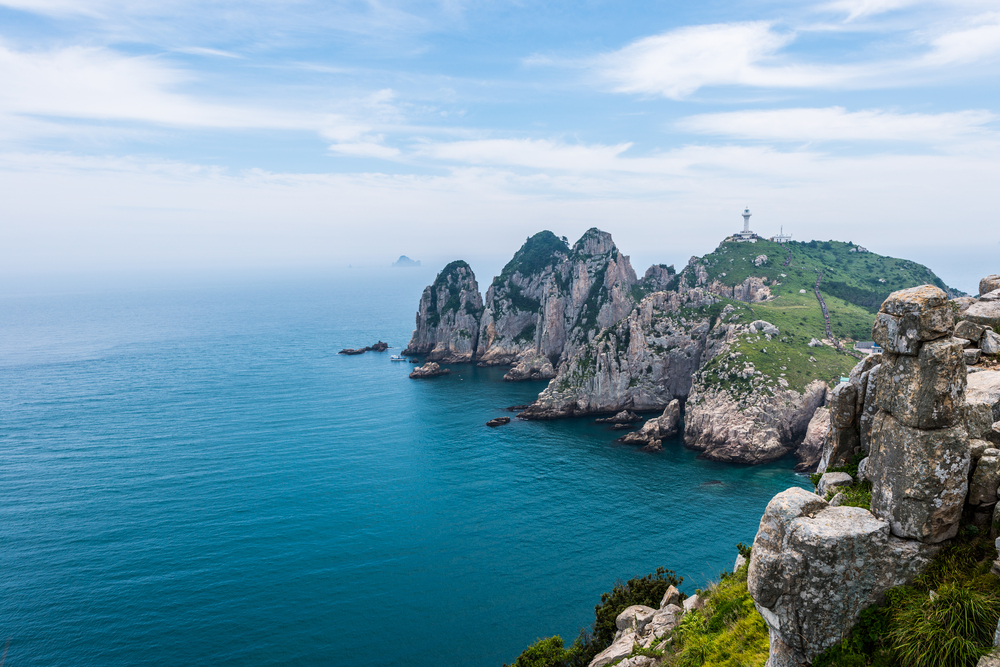Hallyeohaesang Overview
Hallyeohaesang National Park, known locally as 한려해상국립공원 (Hallyeo Haesang Guknip Gongwon), is one of South Korea’s most enchanting and diverse national parks. Located along the southern coast of the country, it spans parts of Gyeongsangnam-do and Jeollanam-do provinces. Covering an area of approximately 193 square miles (500 square kilometers), it is South Korea’s first marine national park, established in 1968. This park is a stunning mosaic of islands, sea, and rugged coastline, encompassing more than 300 islands, with Geojedo and Namhaedo being the largest. The park’s name, Hallyeo, refers to the Hallyeo Waterway, a scenic channel that threads through the park’s islands.
The terrain of Hallyeohaesang National Park is an interplay of dramatic cliffs, lush forests, and sparkling blue waters. The islands vary in size and character, from large forested landmasses to tiny rocky outcrops. One of the park’s most iconic landmarks is the Geumsan Mountain (704 meters), offering spectacular views of the surrounding archipelago. Another highlight is Bijindo Island, famed for its unique hourglass-shaped beach. The park also boasts impressive geological formations, such as Sinseondae Cliff on Geoje Island, carved by centuries of wind and waves. Coastal vegetation flourishes here, with dense evergreen forests and coastal plants that thrive in the mild, maritime climate.
Wildlife abounds in Hallyeohaesang National Park, reflecting its rich biodiversity both on land and in the sea. The park is home to species like Korean deer, raccoon dogs, and wild boars, while birdwatchers may spot herons, egrets, and sea eagles. The marine environment is equally vibrant, with an array of fish, shellfish, and seaweed species thriving in the nutrient-rich waters. Visitors might even catch glimpses of dolphins or porpoises near the islands.
Popular features of the park include Oedo-Botania, a stunning botanical garden on Oedo Island that showcases a vast collection of exotic plants amid breathtaking ocean views. The Hallyeosudo Viewing Ropeway, a cable car in Tongyeong, provides an unforgettable aerial view of the park’s islands and waterways. Another attraction is the Hansando Island battlefield, a historic site linked to Admiral Yi Sun-sin, a revered naval hero.
Visitors can experience the park in numerous ways. Hiking trails on the larger islands, such as the one leading to the summit of Geumsan, offer incredible panoramas. For those drawn to the water, options include kayaking, sailing, or taking ferries that weave through the islands, offering close-up views of the coastline and marine life. Scuba diving and snorkeling are also popular activities in the park’s pristine underwater landscapes.
Conservation challenges include balancing tourism and environmental preservation, particularly in fragile marine ecosystems. However, South Korea’s robust management and eco-tourism policies have helped mitigate some impacts. Efforts such as reforestation, marine clean-ups, and public education campaigns contribute to the park’s long-term sustainability and the protection of its unique natural heritage.










































































